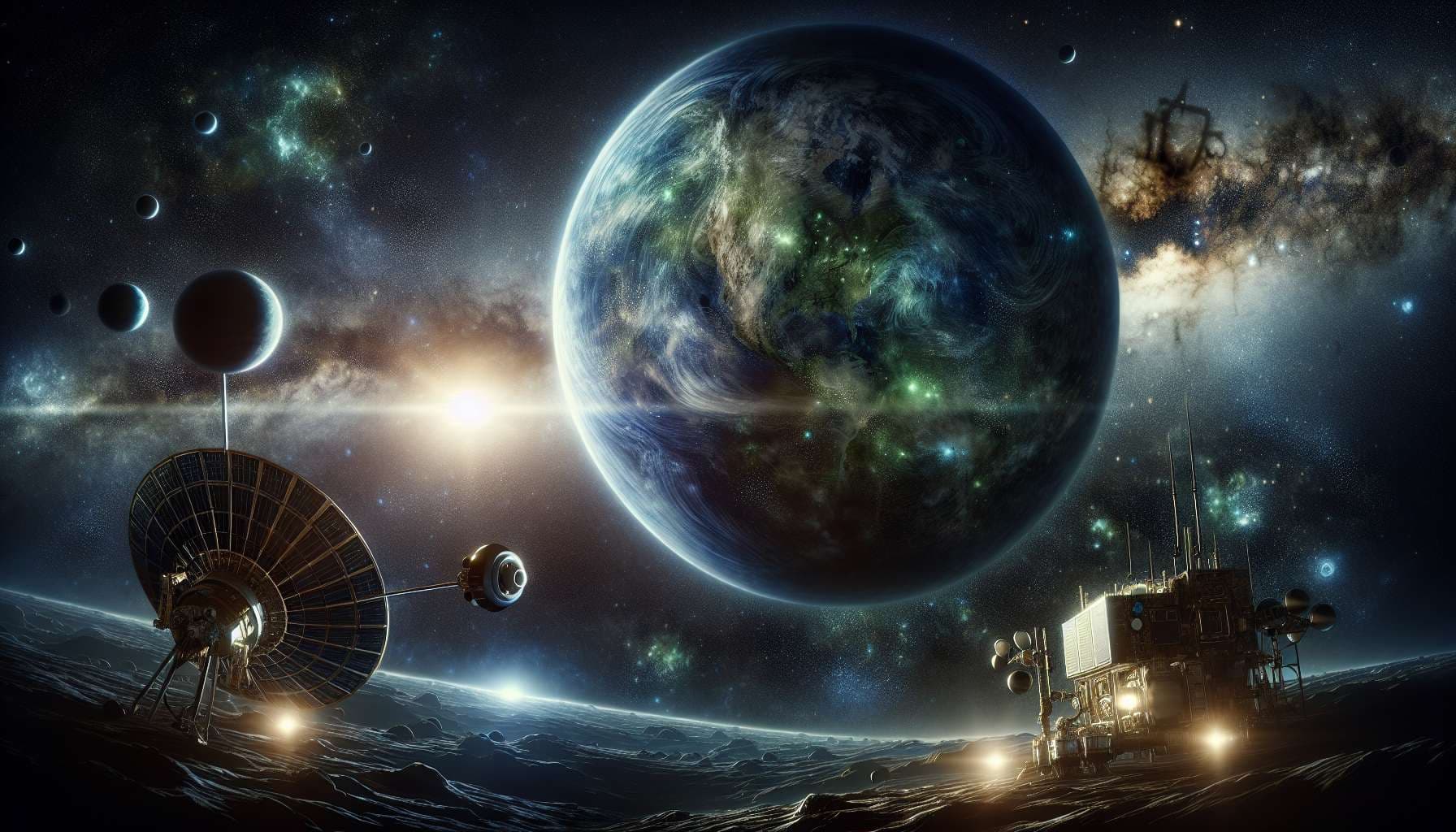
This market question focuses on the possibility of a major space agency like NASA, ESA (European Space Agency), or similar organizations confirming the discovery of an Earth-like exoplanet by January 31, 2024. An Earth-like exoplanet, in this context, is defined as a planet outside our solar system that closely resembles Earth in key aspects such as size, composition, and orbit within a habitable zone that could potentially support life.
🏅 Top traders
| # | Name | Total profit |
|---|---|---|
| 1 | Ṁ173 | |
| 2 | Ṁ16 | |
| 3 | Ṁ15 | |
| 4 | Ṁ14 | |
| 5 | Ṁ12 |
People are also trading
@jks These criteria generally revolve around the planet's similarity to Earth in terms of size, mass, composition, and its position in the habitable zone of its star system.
Mass: An Earth-like exoplanet is usually expected to have a mass close to that of Earth. The acceptable margin can vary, but typically, a planet with a mass between 0.5 to 1.5 times that of Earth is often considered Earth-like. This range is significant because it suggests the planet could have a solid surface and potentially maintain an atmosphere similar to Earth's.
Orbital Period: The orbital period, or the time it takes for the exoplanet to complete one orbit around its star, is crucial in determining its position in the habitable zone. This zone, often called the "Goldilocks zone," is where conditions might be just right (not too hot and not too cold) for liquid water to exist on the planet's surface. The exact orbital period that defines this zone depends on the star's size and temperature. For a star similar to our Sun, an Earth-like exoplanet would likely have an orbital period close to 365 days. However, for smaller, cooler stars, the habitable zone would be closer to the star, and thus the orbital period would be shorter.
@jks The term habitabl" when referring to exoplanets, particularly in the context of Earth-like planets, generally encompasses several key factors:
Liquid Water: The most crucial criterion for habitability is the potential presence of liquid water. A habitable planet should orbit within its star's habitable zone (often referred to as the "Goldilocks zone"), where temperatures are just right for water to remain liquid on the planet's surface. This zone varies depending on the size and temperature of the star.
Atmosphere: An atmosphere is essential for maintaining surface liquid water and protecting the planet from harmful space radiation. A habitable planet should have an atmosphere thick enough to support a stable water cycle but not so thick that it leads to extreme greenhouse effects, like on Venus.
Temperature: The planet's surface temperature needs to support liquid water. This is influenced by its distance from the star, atmospheric composition, and the star's energy output. The temperature should neither be too hot, causing all water to evaporate, nor too cold, causing all water to freeze.
Stable Orbit: A stable orbit around the star ensures consistent conditions over time. Extreme elliptical orbits can cause significant variations in temperature, making it difficult for life as we know it to sustain itself.
Geological Activity: Geological activities, like volcanism and plate tectonics, can be crucial for climate regulation and nutrient cycling, which are important for sustaining life.
Magnetic Field: A magnetic field can shield the planet's surface from harmful solar and cosmic radiation, making the environment more suitable for life.